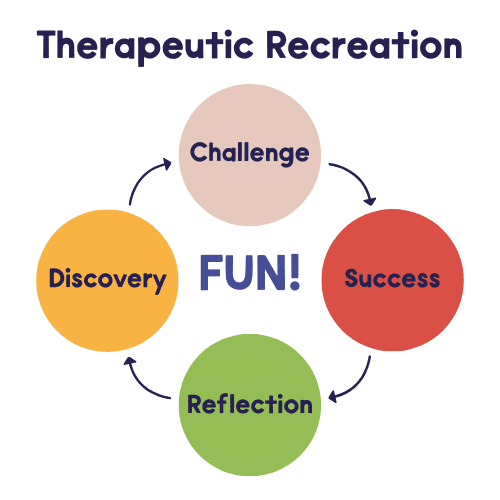Q&A with our Activities Team
Although arts and crafts are a great way to be creative, there are so many more ways to discover that spark within us all! Creativity is a huge part of camp and is woven through all our programming in both obvious and subtle ways.
Here, Ruth and Jamie from our Activities Team tell us more about what goes into planning camp and how important creativity is for our campers.
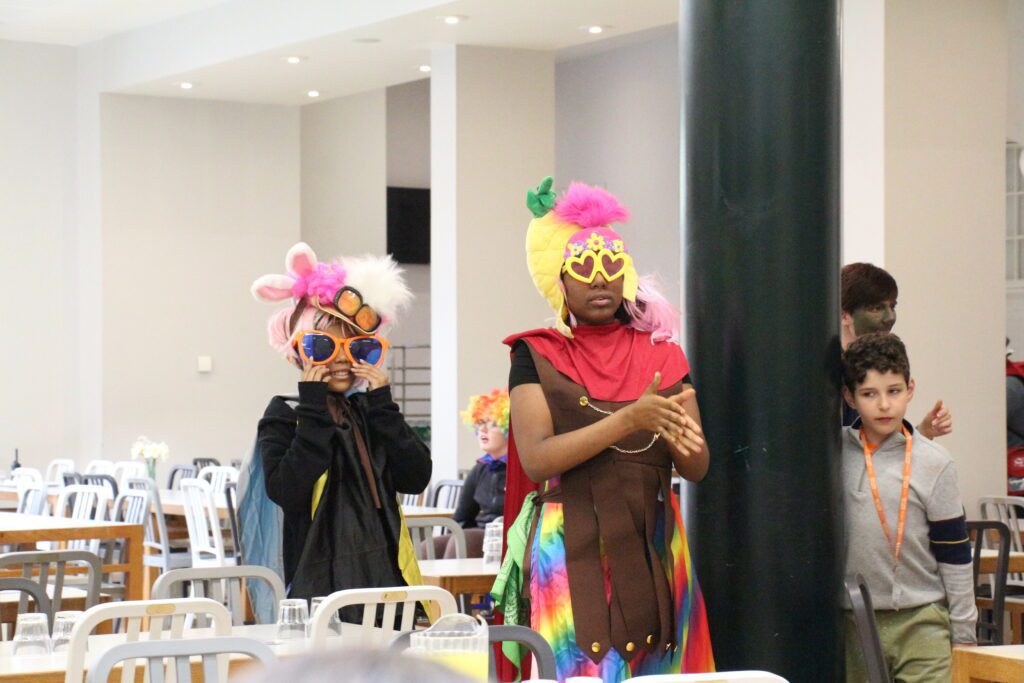
What do you think makes a great creative activity?
Jamie:
There are so many ways to get creative within activities, so it isn’t always easy to pinpoint what it is that levels up creativity, but there are a few things that I like to look for:
Small steps. If we’re asking campers to get creative with something, it’s important to frame it properly and pitch it in a way that campers feel is achievable and not outside their perceived skill set. A great example from this season is our “Suncatchers” activity. As the finished product looks so impressive, some campers assume making their own will be too difficult. But when it’s broken down into manageable steps and clear instructions, it becomes really achievable. At the end of it, everyone ends up with this lovely, colourful piece that they can take home and know they were responsible for from start to finish.
Collaboration! I think collaboration is a huge part of camp, no matter the lens you look through. Activities, particularly though, encourage campers to engage meaningfully with each other, which elevates their experience and the memories they get from it. One of our most collaborative pieces of programming this year is our “Bucket Skits” activity. Campers who choose this activity are grouped together to pitch, plan, and perform their own camp skits for their peers. We want collaboration to exist in both obvious and subtle ways, so we always structure our activities to allow campers time to engage with each other. Even when doing somewhat solo activities, such as creating their own Suncatcher, we give campers time to discuss ideas with a friend and offer encouragement to each other.
Eureka moments! It’s incredible to catch the moment a camper realises the activity they were nervous about or struggling with suddenly makes sense and they’re succeeding at it. These moments mean so much more to a camper when it’s their own ideas that helped them to succeed, so we try to open up all of our activities to a little bit of creativity and exploration. An example of this is our ‘Over the Wall Ball’ activity, which is a collection of mini games that campers can earn points from. We’ve included hidden scoring and secret tasks that allow campers to strategise and share ideas to maximise their points and feel a sense of achievement!
What sort of planning goes into camp activities?
Jamie:
We structure and plan all our activities carefully, so we know that we’re giving campers as much chance as possible to succeed. What we don’t want to do is make their path to success completely linear. Think of it like a build-your-own-adventure book; we know what the beginning and the end will look like, but we want the campers to have been a part of choosing how to get there! Focusing on Therapeutic Recreation when designing and developing our activities ensures that every activity is both fun and meaningful, working towards increasing our campers’ confidence and self-esteem.
How does creativity help our campers? What can they learn learn from our creative activities?
Ruth:
Creative activities are hugely important for all young people, but especially for our campers who have so much on their minds. We all know that creative activities can be calming, but they have also been proven to go further and significantly stabilise mood and improve children’s wellbeing. Creativity is often undervalued in our society, but is given its rightful pedestal in a place like camp, where we get to build our therapeutic youth programming with creativity in mind.
With creative summer camp programming, our young people get chance to ‘be kids again’, experiencing stress relief and celebrating all their creative accomplishments, and we hope they take this with them when they leave camp. Whether it’s a new skill, a coping mechanism, a new form of expression of their experiences, or just a higher curiosity for the world around them, creativity is the root of the magic and mischief of camp.
When people think about being creative, they might immediately think about arts & crafts. Which other camp activities bring out the creativity in our campers?
Ruth:
Creativity is so much more than only producing art and crafts – it’s about how we see the world, how we make meaning, how we express ourselves! I’d argue it is integral to all our camp activities. Our campers are asked to be resourceful at den building, imaginative as they tell stories around the campfire, experimental as they come up with characters at the theatre, and think outside of the box as they complete puzzles. Camp activities are so varied that campers can tap into their creativity in lots of different ways.
Some of our activities ask campers to be creative in groups, like making collaborative art installations or doing a STEM task together. This is fantastic for campers’ development, particularly for building their critical thinking skills and social skills.
When young people come to camp, they’re entering a world of deep play. This environment fosters creativity as they’re safe to express themselves fully; their ideas are taken seriously and implemented, and they find they do things that they never thought they could do. That bubble of creativity will absolutely leave them with awesome artworks to take home with them, but it is our intention that they also leave with more confidence in themselves and more coping skills to deal with the rest of their lives!
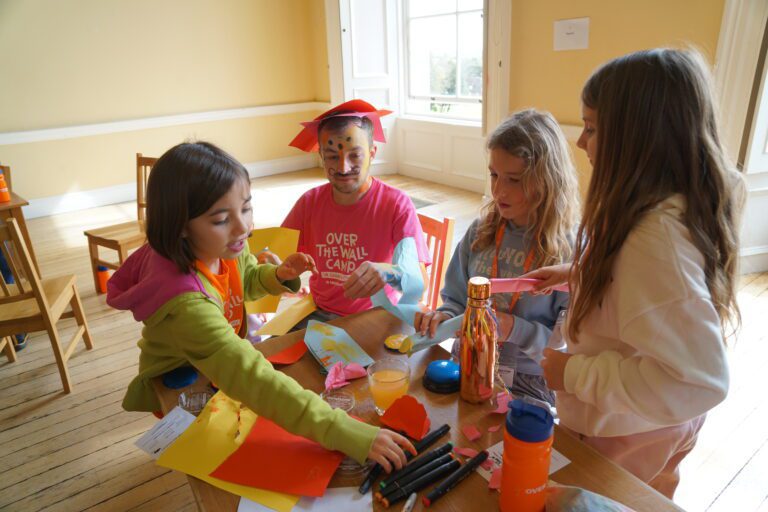
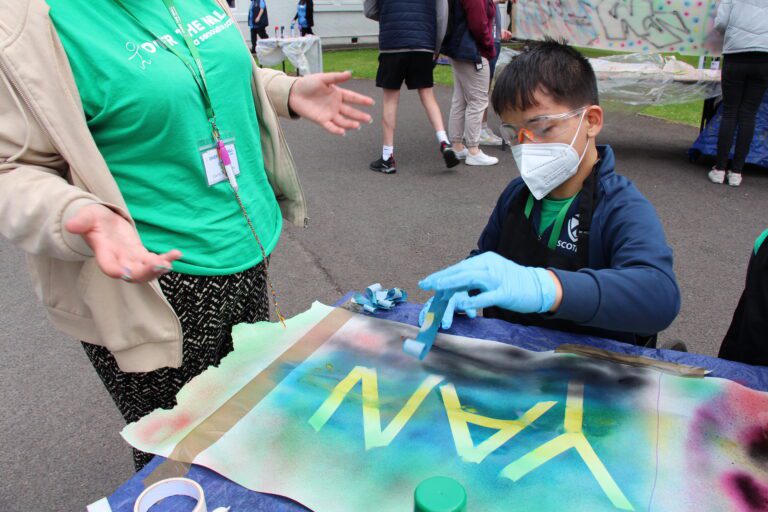
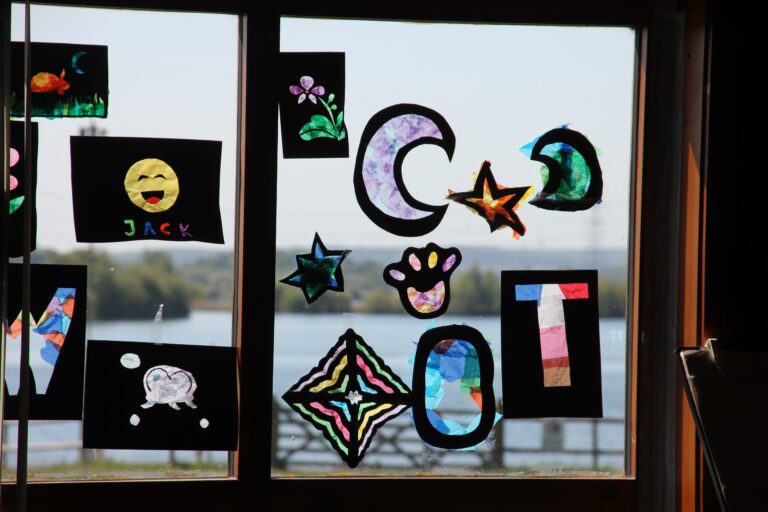
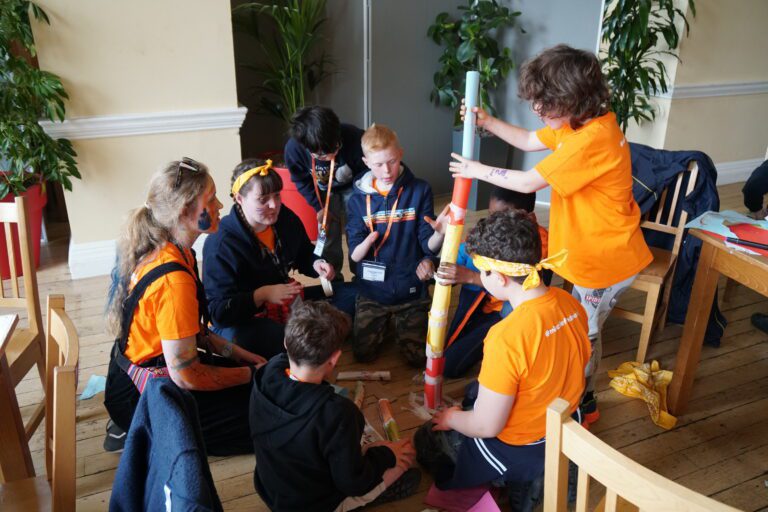
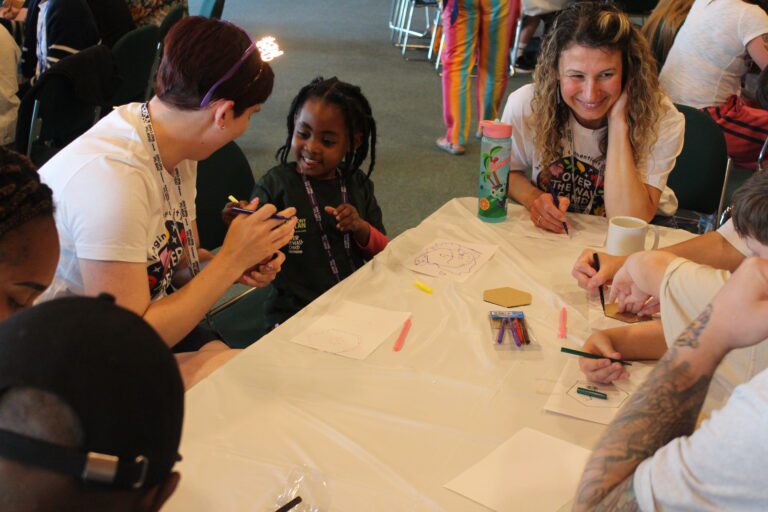
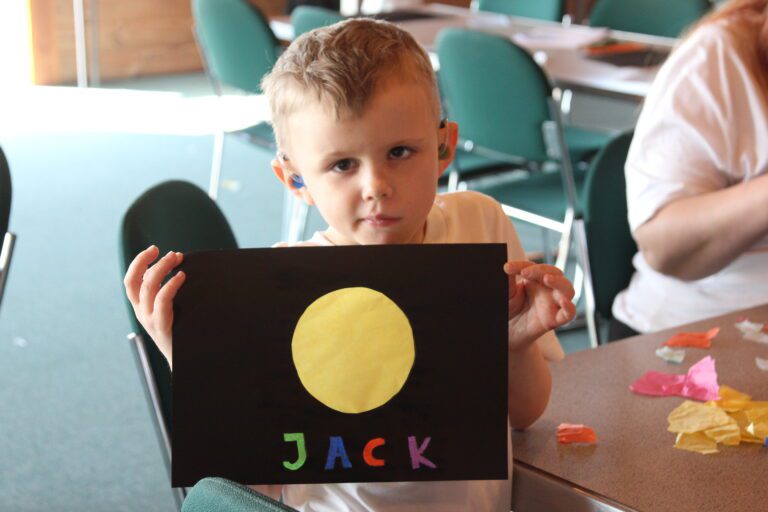
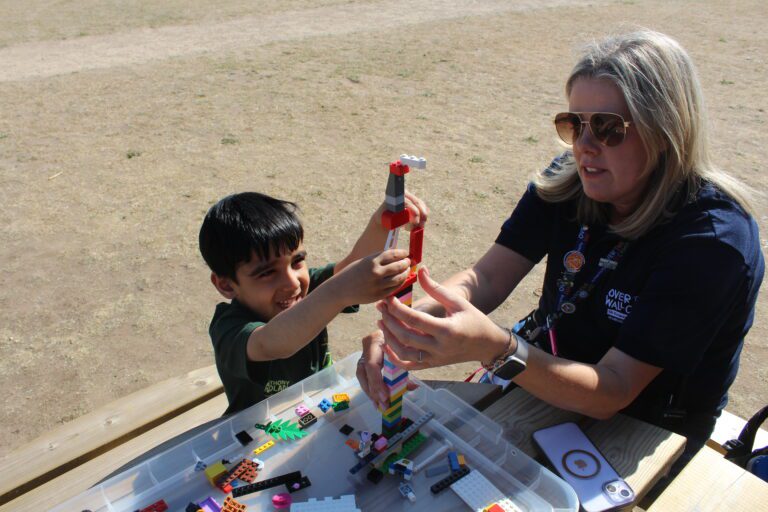
Reference: Fancourt D, Steptoe A. Effects of creativity on social and behavioural adjustment in 7- to 11-year-old children. Ann N Y Acad Sci. 2019 Feb;1438(1):30-39. doi: 10.1111/nyas.13944. Epub 2018 Aug 5. PMID: 30079606; PMCID: PMC6446801.
